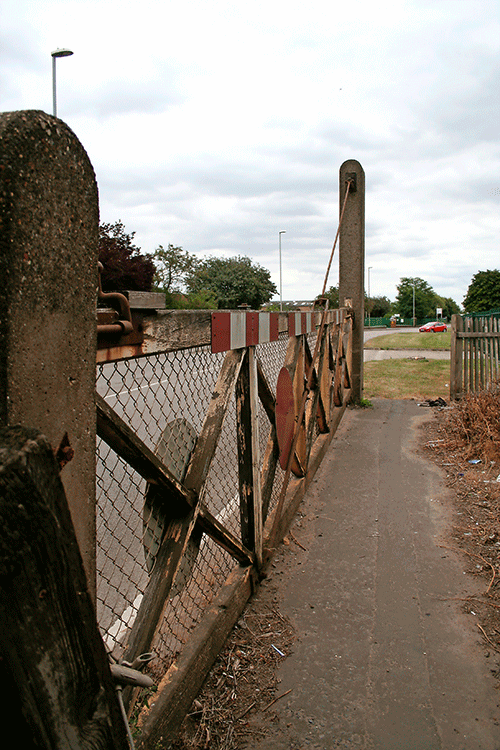 Read the peer reviews for this article
Read the peer reviews for this article
Unbending and almost unbroken, a pair of rails cuts across the Fens. They rust gently, having last carried a train around 15 years ago. The impression is of a slumber that could be broken with just a little romantic vision, some effort with weed killer, and the changing of one or two sleepers.
This might sound like the start of a story from the 1960s - the genesis of a successful heritage railway, perhaps. But the scene is 2016 and the tale is of an opportunity not only to re-open a railway, but also to prove that our national network can help to make local economies thrive, just as they did when they were first built. In other words, this is the front line of the battle to remain relevant.
The Cambridgeshire market town of Wisbech was first connected by rail in 1847, when the line from March opened. As so often in the early wave of railway mania, other lines followed and within two decades the town was served by two stations, each on their own through line to King’s Lynn. Both had branches to the harbour.
In the 1880s Wisbech’s place in railway history was cemented with the opening of the eccentric (and partly on-street) steam tramway that carried passengers and agricultural produce from the farms into the town.
But just as surely, decline followed expansion. One by one the routes disappeared, and the town can no longer boast of any station. With a community of 30,000 people it is one of the largest in the country without one, according to campaigners who would like that to change.
The first line to arrive was the last to disappear. The dead-straight (and almost as flat) line from March closed to passengers in the late 1960s and was subsequently singled. Crucially, however, it remained open to an eclectic mix of freight flows, the last of which (to a pet food factory) came to an end in 2000.
The goods yard has been lost to factory expansion and the station site to housing development, but the rails still tantalisingly remain. Since the last tail lamp disappeared over the horizon, a momentum has developed apparently heading towards re-opening.
Among the first to press the case locally was a preservation group. In 2003 it christened the route ‘The Bramley Line’ after the once-regular fruit traffic. Richard Gilbert is the joint vice-chairman.
“We would like to restore a heritage element to the line. Ultimately we would like to offer a heritage train service on special occasions. That’s probably more achievable if the line were to re-open as a commercial entity to Network Rail.”
So the group’s aims are not in conflict with a full-scale re-opening for passengers?
“That re-opening would make our aims much more achievable.”
The group counts around 70 members, and having been granted a licence by Network Rail to occupy a depot at Waldersea (roughly halfway between March and Wisbech), it knows the infrastructure well.
“There are patches where it is very overgrown, but these are 300-yard stretches at most,” confirms Gilbert. “The rest of it is clear and fully tracked. The main bridge is over a 40-foot drain and the steel appears to be in good order. There are small culverts that need attention.”
So far so achievable, albeit at a cost that would significantly stretch the pockets of a small company. For commercial traffic, the line will likely need completely relaying.
But where the story does diverge from the railway revivals of the 1960s is in the one feature that distinguishes this otherwise unremarkable permanent way. In just seven and a half miles there are nearly two dozen level crossings.











